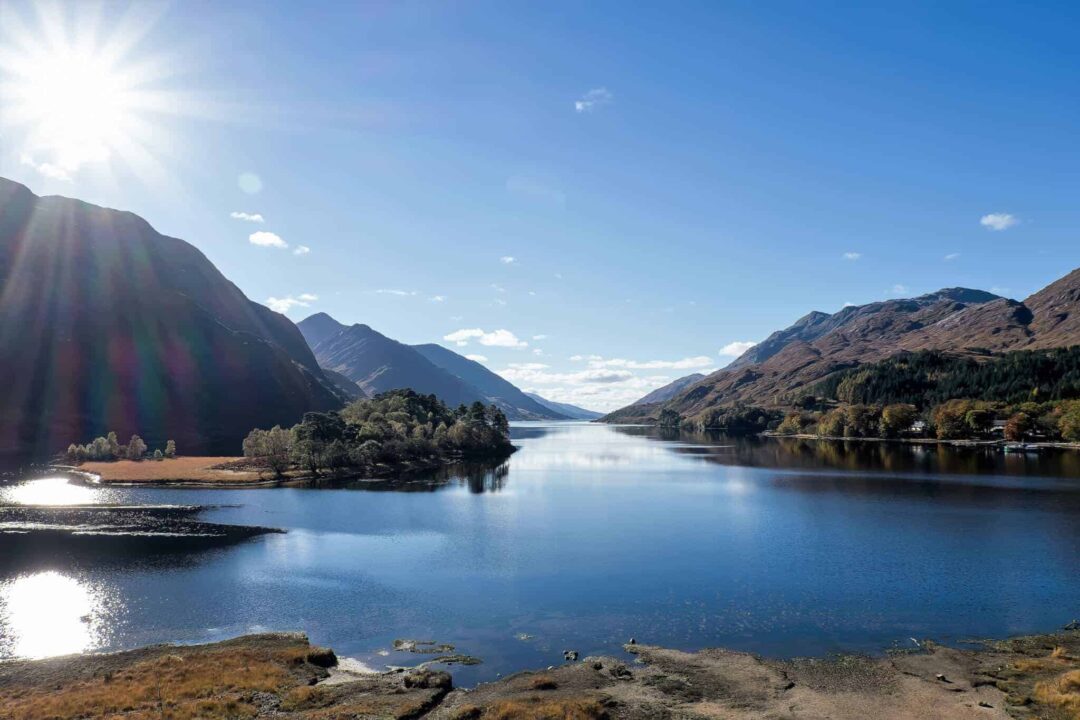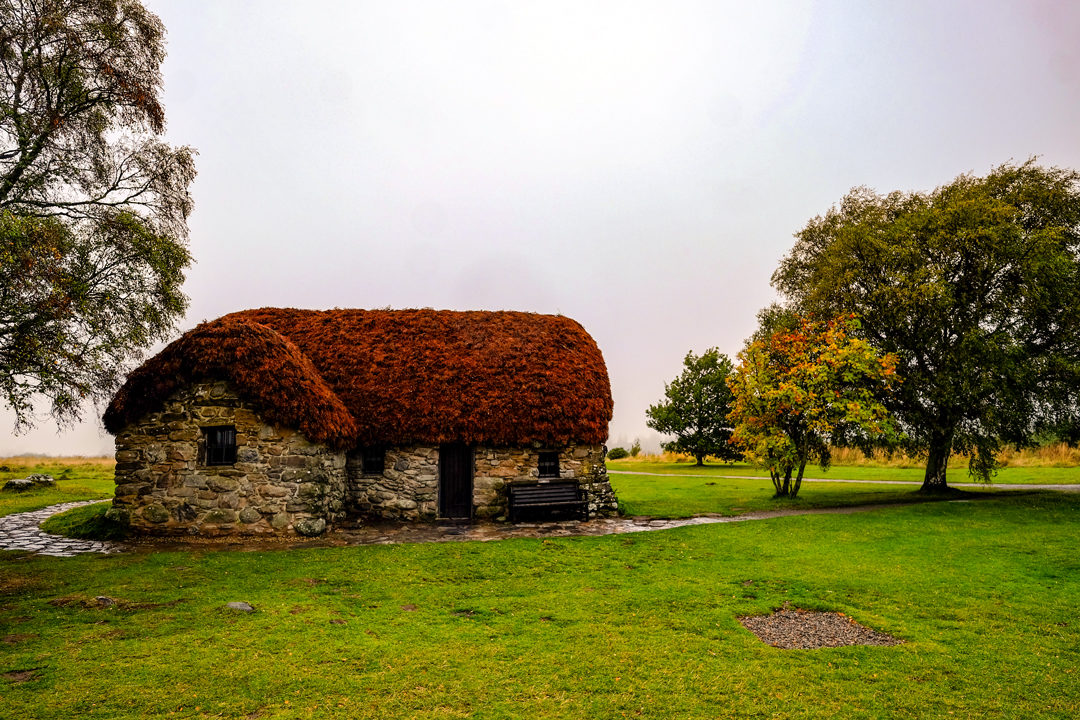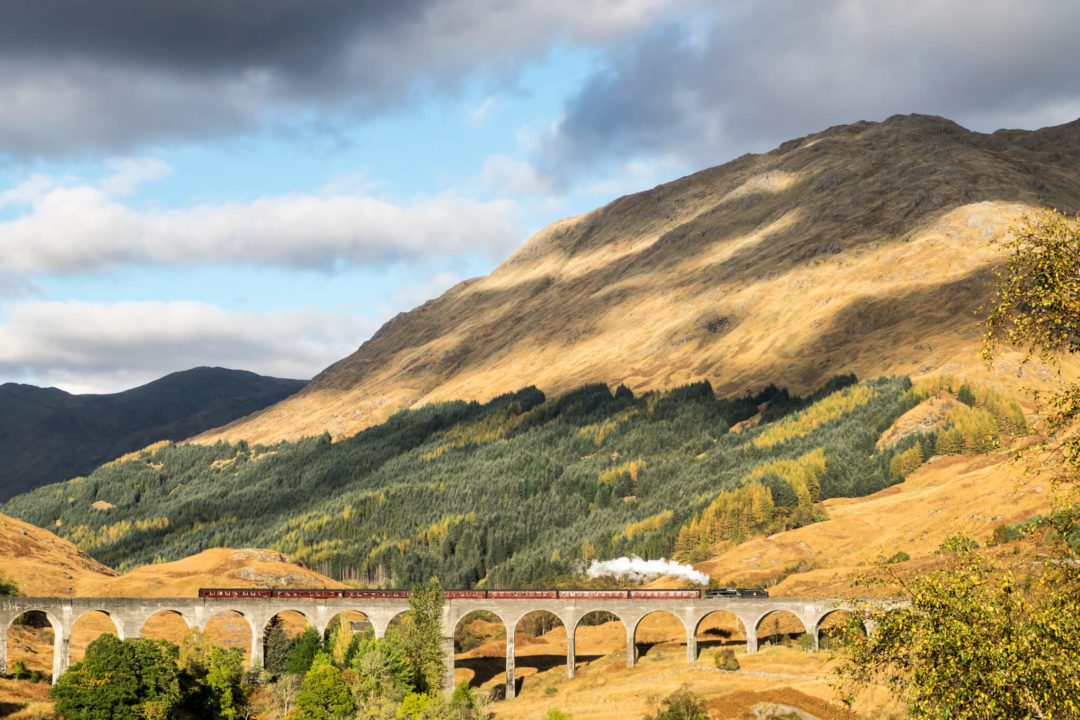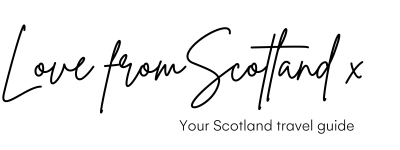The Jacobites attempts to bring back a Stuart king back to Scotland’s throne is one of the most famous and bloody eras in Scottish history. Now made even more famous by the TV series Outlander, no visit to Scotland should be without a dip into Jacobite history. Let’s explore the stories of Bonnie Prince Charlie and the ‘45. Here are the top 10 Jacobite attractions in Scotland to visit.

Top 10 Jacobite attractions in Scotland to visit
- The Pass of Killiecrankie, Perthshire where the Jacobite’s first battle – the Battle of Killiecrankie- took place in July 1689. Walk along the spectacular Killiecrankie Gorge and visit Soldier’s Leap, the where a British Redcoat soldier jumped 18ft across the River Garry to escape the Jacobites. There is a Killiecrankie Visitor Centre and cafe.
- Site of the battle of Sheriffmuir, Dunblane – in November 1715, led by John Erskine the Earl of Mar, the Highlanders descended on Sherrifmuir to battle the British once again. You can visit the site of the battle near Dunblane where there is a memorial to Clan Macrae and a Gathering Stone where the standard of the Scottish clans is said to have been placed.
- Kildonan Museum, Eriskay – otherwise known as Bonnie Prince Charlie or the ‘Young Pretender’, Charles Edward Stuart first arrival in Scotland was on the Island of Eriskay on 23rd July 1745. Charles was only accompanied by 7 supporters and received short shift from the clans of the Outer Hebrides and Skye who told him to go back home to Rome. Charles travelled on to the mainland. On Eriskay visit Coilleag a’ Phrionnsa beach – The Prince’s Cockle Strand – named after the prince.
- Glenfinnan and Loch Shiel, west of Fort William and the gathering point for the start of Bonnie Prince Charlie’s campaign. Climb up the Glenfinnan Monument to the fallen who fought in support of Bonnie Prince Charlie for a 360-degree view of the loch and learn about the loch’s connection to the ill-fated Jacobite rebellion by visiting the National Trust for Scotland centre. Behind the viaduct, the Glenfinnan Viaduct Trail gives great views of the loch and the famous Jacobite steam train.
- Palace of Holyroodhouse, Edinburgh the official residence of the British monarch in Scotland, where Bonnie Prince Charlie held court during his Jacobite Rising. Just up the Royal Mile, in front of the Mercat Cross and 20,000 adoring Jacobites, Charles Stuart’s father was proclaimed king James VIII. Inside the palace hang portraits of the Stuart Kings in the Great Gallery where Charles held court.
- Battle of Prestonpans viewpoint, East Lothian – known locally as the the the “Battle Bing” or the ‘Pan’s pyramid’, this view point at the centre of the battlefield gives a great view over the site of the first Jacobite battle. Find out more about the Battle of Prestonpans, one of the key battles on the way to Culloden from the Battle of Preston Pans Heritage Trust.
- Culloden Battlefield and Visitor Centre, Inverness – the site of the most famous and final battle of the 1745 Jacobite Rising. Explore the interactive exhibits and walk the battlefield to experience its historical significance. Managed by the National Trust for Scotland, a visit to Culloden is sobering and stark. Free for National Trust members, otherwise £11 for adults.
- Borrodale Bay and Prince Charlie’s Cave, Lochaber – this cave beside the lovely Borrodale Beach near Arisaig is said to be where Bonnie Prince Charlie hid and spent his last night in Scotland after running away after the disastrous battle of Culloden before he left for France on the 19th September 1746. Not to be confused with the many Prince Charlie caves across Scotland!
- The West Highland Museum, Fort William, which holds exhibits artefacts related to Jacobite history, including a secret portrait of Bonnie Prince Charlie used for Jacobite toasts and an example of a targe, the type of shield carried at the Battle of Culloden alongside a a Brown Bess musket. The West Highland Museum is free but donations are very welcome.
- The National Museum of Scotland, Edinburgh has lots of exhibits dedicated to Jacobite history and view many artefacts from the period. Entry to the National Museum of Scotland in Edinburgh is free.

The Jacobites and Culloden Battlefield Visitor Centre
On the 16th April, 1746, the Jacobite army took to the battlefield in a final attempt to succeed in the Jacobite case. The battle was a disaster and saw 2,000 Jacobite men slain in only 50 minutes, mercilessly gunned down by government muskets whilst only armed with swords.
The battlefield and fantastic visitor centre are managed by the National Trust for Scotland, a visit to Culloden is sobering and stark. Free for National Trust members, otherwise £11 for adults.
The Jacobites were supporters of bringing the House of Stuart back to the throne of Britain.
Jacobite comes from the latin for James – Jacobus.
The Jacobites were fighting to bring the House of Stuart who were Catholics back to the Scottish throne.
Charles Edward Stuart was the grandson of King James III of Scotland. He was born in Rome actually only spent 14 months in scotland. He was also called Charles Edward Louis John Casimir Sylvester Maria Stuart
The Jacobite Train
The Jacobite Train (otherwise known as the Harry Potter Train) takes you from Fort William to Mailaig across the viaduct at Glenfinnan. You can book a trip on the Jacobite steam train between April and October each year – from £57 for an adult return trip.

A potted history of the Jacobites
When the Glorious Revolutionaries deposed James II of Scotland in 1689, little did they know it would lead to over 90 years of civil unrest – ending with one of the most famous battles in Scottish history at Culloden.
King James II held the throne of Scotland, England and Ireland in 1689. James Stuart was a catholic, but the aristocracy in England were comfortable with a Scottish king on the throne as his daughter Mary was a protestant. But following the birth of a son, James Edward, to King James’ second wife, concern spread.
Banding together, seven nobles ‘the immortal seven’ decided to remove King James from power by inviting his daughter Mary’s husband, William of Orange to invade – and he did just that. Knowing he had no hope, James hotfooted it across to France and William and Mary were crowned in king and queen.
Enter the Jacobites
Furious that the Stuarts had been forcibly removed from the throne, the Jacobites (named after the latin for James, Jacobus) started a series of risings against the British crown led by John Graham, Viscount Dundee. The aim, to restore James II’s son Charles Edward Stuart to the throne.
The Jacobites made five challenges to the throne – the battle of Killiecrankie in 1689, the planned french invasion in 1708, the ‘fifteen’ and the battle of Sheriffmuir in 1715, with the most famous being made by Bonnie Prince Charlie’s in 1745-6.
The first battle was at Killiecrankie in July 1689. Despite winning the battle resoundably, John Graham was killed, and subsequent risings were subdued.
Fast forward 25 years. James II has died in exile King William has been succeeded by his sister in law Anne, who has then herself succeeded by George 1 of Hanover. In 1707, the Union of Scotland and England made lots of Scots angry and the Jacobite cause once again rose up. However, a planned French invasion of Scotland of 1708 in support of the Jacobites failed with the troops diverted to England.
In November 1715, led by John Erskine, Earl of Mar, a rebellion against the crown roused the ‘Fifteen’ and the highlanders descended on Sherrifmuir to battle the British once again. James Edward Stuart, the son of James II even himself landed in Scotland in December to rally the Jacobite cause. Despite this, the battle was inconclusive and the‘15’ rising never gained any ground.
Bonnie Prince Charlie and the Jacobites
Fast forward another 30 years to 1745 and the most famous period of Jacobite history and the entrance of James Stuart’s son, Charles, otherwise known as Bonnie Prince Charlie or the ‘Young Pretender’.
After landing in the Outer Hebrides, Charles rallied the highlanders in the last of the Jacobite risings, to raise a Jacobite army which won a series of battles with the ‘highland charge’ including the battle of Prestonpans. However it would all come crashing down at the disastrous battle of Culloden on the 16th April 1746.
The battle of Culloden and the ‘45 rising’ was disastrous for the Jacobites and led to the end of the clan system in Scotland – and it was made treasonous to support the Stuart claim. Bonnie Prince Charlie escaped back to Italy, dying in 1788.
Love from Scotland x
